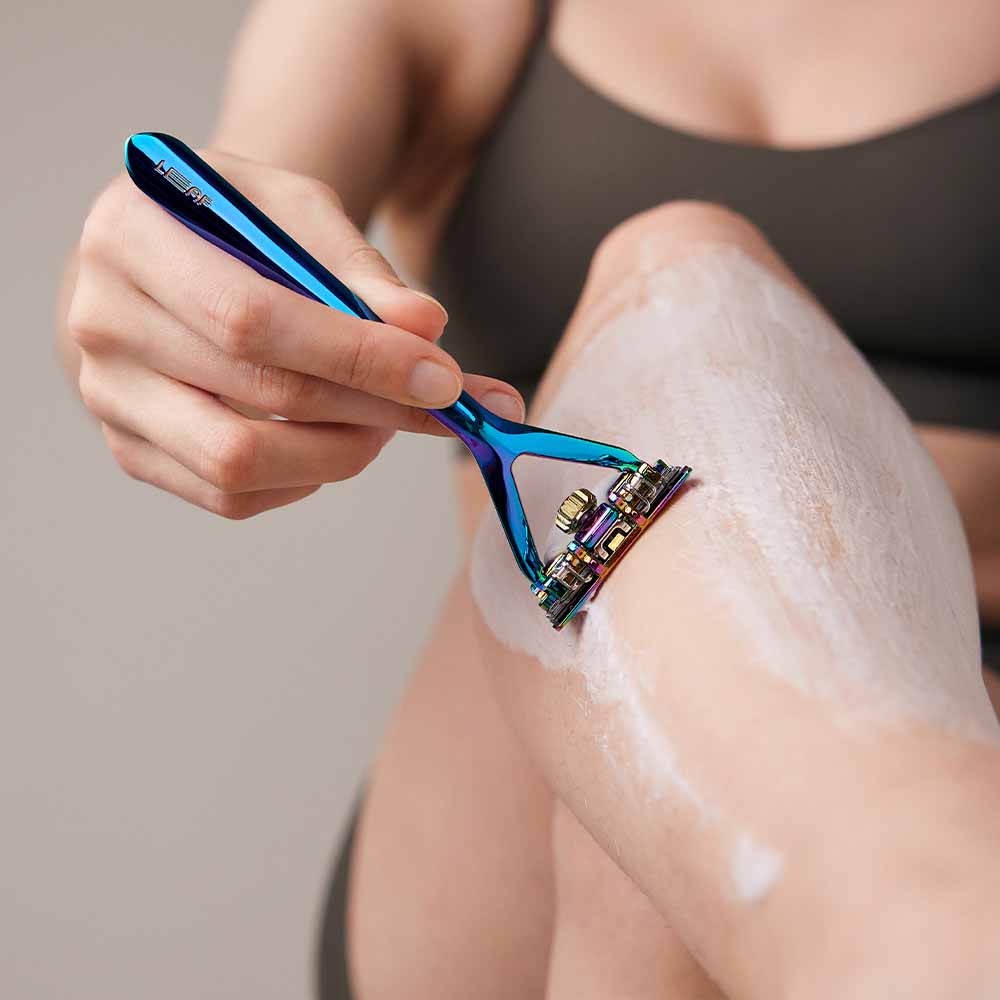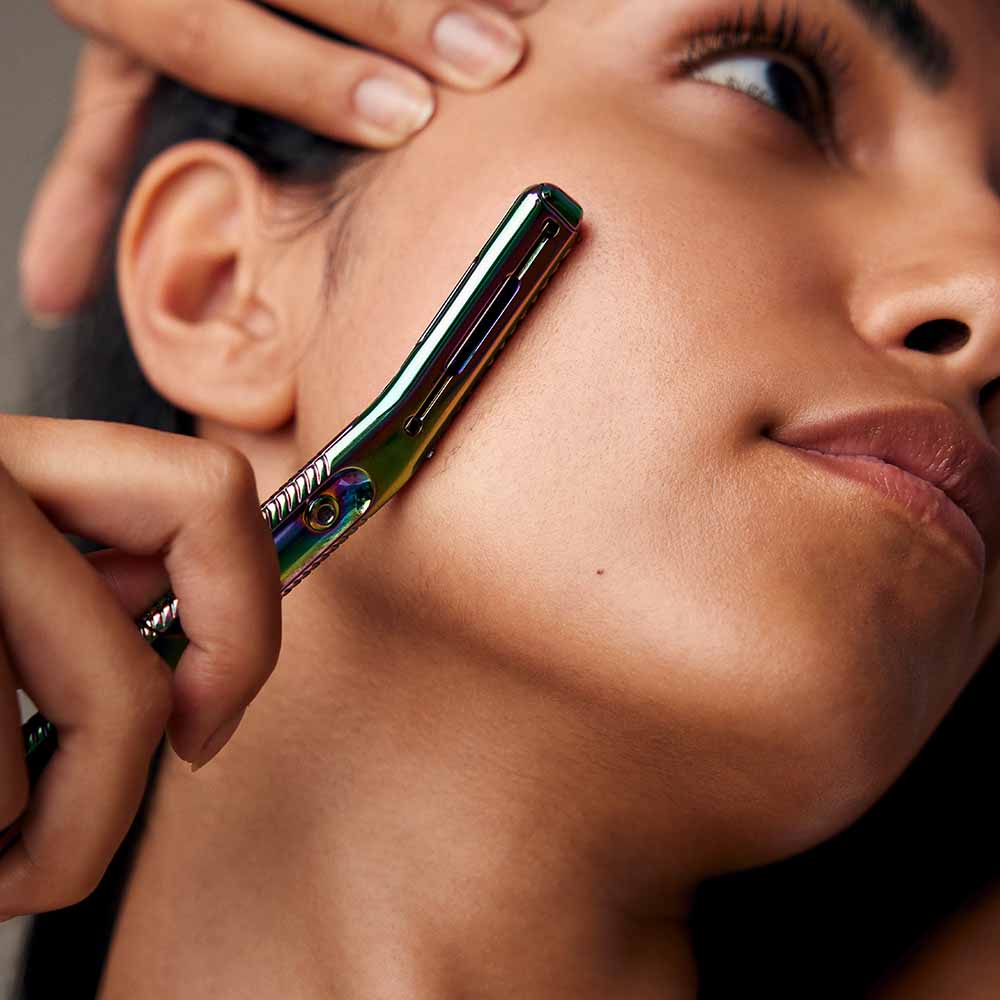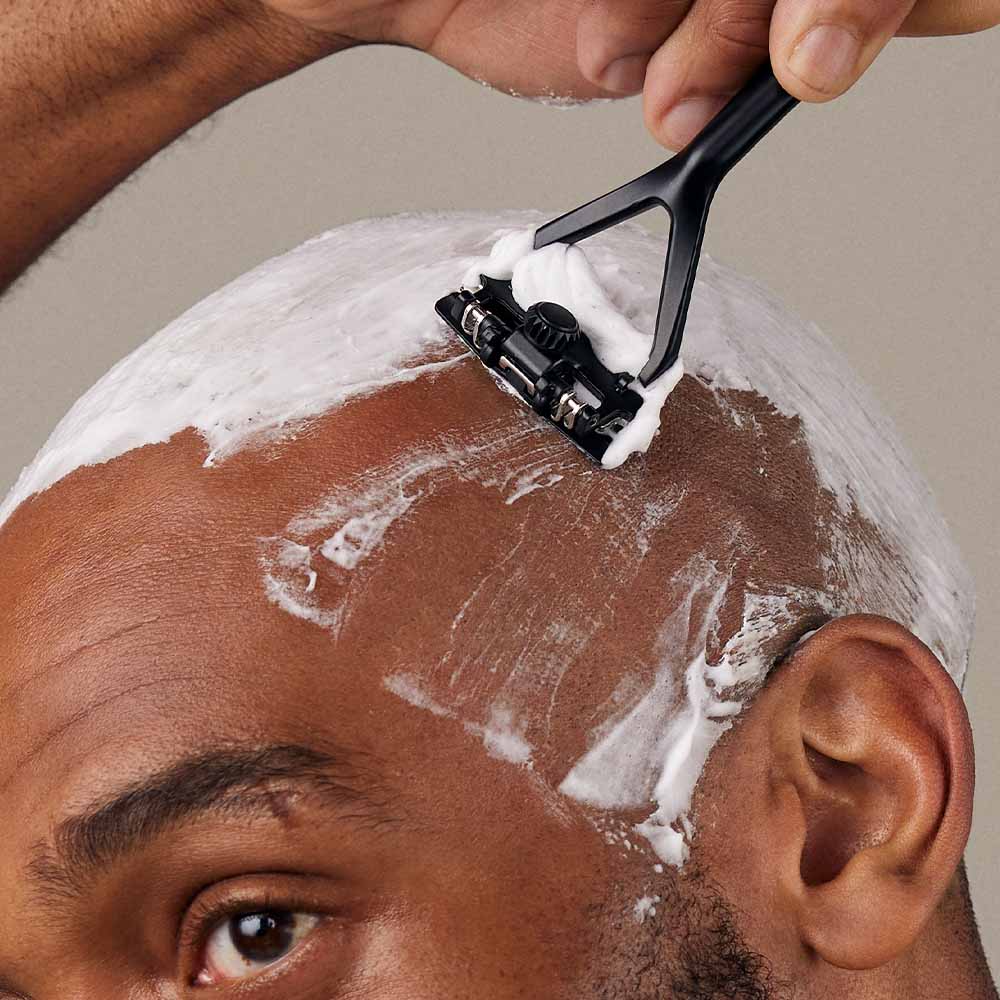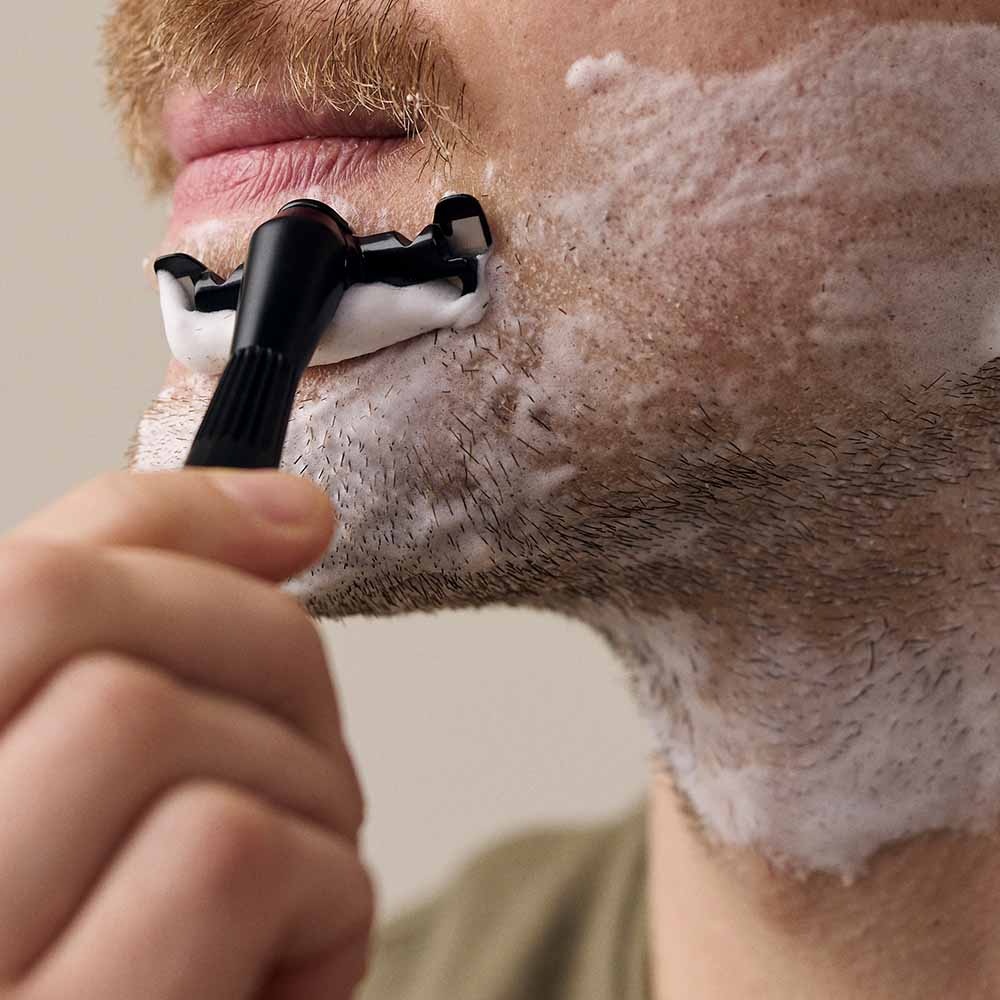Since I joined Leaf a few years ago, I've appreciated and supported our plastic-free, zero-waste ethos. I have known for a long time that reducing plastic use is the right thing to do, but a recent experience reminded me of the importance of reducing plastic waste, and why we at Leaf strive to avoid plastic.
My youngest child is in the Eco Club at school, and we planned an end-of-semester field trip to visit Hanalua Bay to assist the Hawaii Wildlife Fund to clean up marine debris in the area. This spot was chosen because the currents around the Hawaiian archipelago bring garbage from the Pacific Garbage Patch past it, and Hanalua Bay happens to be perfectly situated to catch some of this floating debris as it goes by.

The group from the school included about twenty students and five adults, including myself. We assembled at the school at 7:30 AM, then drove almost 50 miles to the point where we planned to meet up with the Hawaii Wildlife Fund volunteers who were leading the cleanup. After a quick safety briefing, they handed out gloves, trash bags, and buckets, and it was time to hike into Hanalua.
I was honestly surprised at how easy it was to overlook all the trash on the beach.
Because this is a rocky coast formed by lava, the beaches are primarily black basalt interspersed with some white coral that has washed ashore. It wasn’t immediately noticeable that the area was covered in garbage as we walked to the shoreline, but once we arrived and started looking around, the scale of the plastic pollution was stunning. Old fishing net and rope was wedged between rocks, an entire panel from a plastic garden shed was lying on one side of the beach, and there was a mind-blowing amount of plastic garbage. The constant sun and grinding action of the waves on the rocky beach meant that most of the debris was small and a few square inches, at best. Recently, a shipment of plastic bottle caps had washed overboard from a cargo ship, and we picked up hundreds of them—brand new and never used.
Our goal was to get as much trash out as possible in the time we had available, but that proved to be a lot more challenging than I had anticipated. The ropes and nets were wedged between boulders so tightly that we couldn't remove all of them, or even pull them out. We could only take what could be cut or torn free. The larger plastic debris was easy to pick up, but most of the plastic was almost too small to pick up by hand. When I looked at a patch of gravel that was full of tiny plastic pieces, I realized I could spend hours working on this small portion of the beach and not even put a mark on it. Several hundred pounds of debris had been removed from the beach by the end of the cleanup, but there was still so much more to do.
It is common for companies to give little or no thought to what happens to their plastic products after they have been used. It's unlikely that anyone who made, shipped, or used these plastic products thought they would end up on a Hawaii beach, but until someone comes along and picks them up, there they will remain.
Everyone at Leaf takes our “no plastic” pledge very seriously.
We would never want anyone wandering on a beach to find a piece of plastic that we designed, manufactured, or sold—nor parts of our products or of our packaging. We prefer that all beaches, rivers, forests, and fields be completely plastic-free, so we’re going to do our part to keep them that way.






